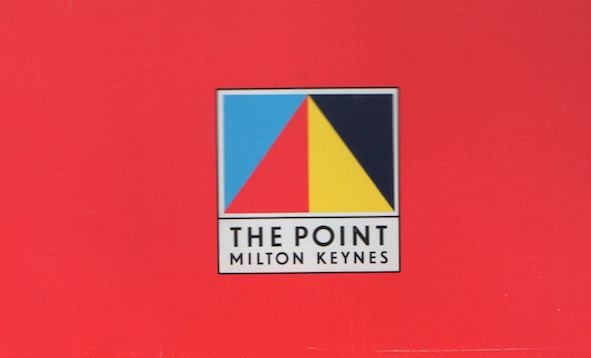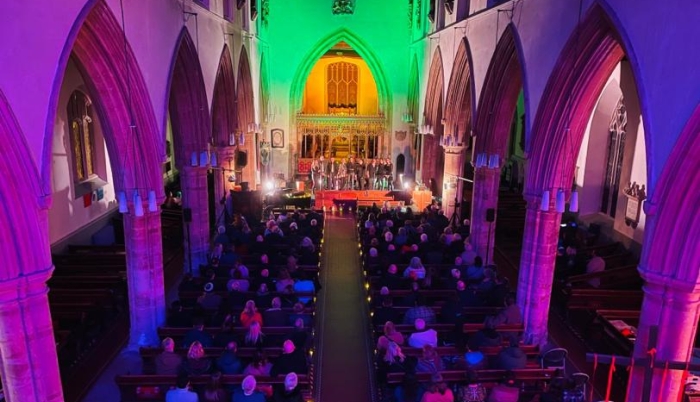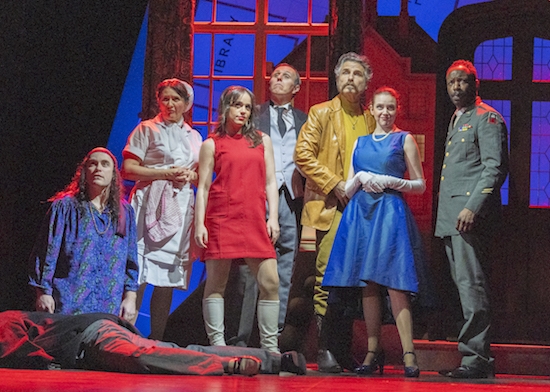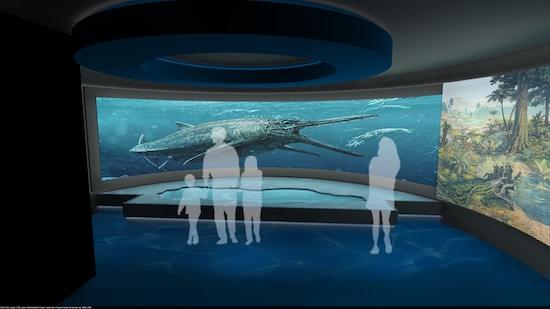To some, Milton Keynes was a new town with a concrete outlook, something that was looked down upon.
But in the early days, just as it does today, MK sidestepped the sneers and sniggers, and concentrated on being an innovative, forward thinking sort of a place.
And that can-do attitude has worked well enough over the years; big business now flocks here with many an industry leader setting its HQ in our unofficial city.
And the impossible was achieved when we took receipt of top-flight football, and built a stupendous stadium to boot.
But long before football had bedded down in the town, Milton Keynes welcomed the country's first multiplex cinema. And it was the most successful movie house in the country for a time too.
It shone like the imposing triangular beacon it was, beckoning MK dwellers home; a futuristic, red pyramid serving as the perfect silhouette for the hopes and dreams that Milton Keynes stood for.
The Point made cinema history when it opened here in 1985, but the seeds were sown much earlier, as Sammy Jones found out...
During the 1960s, Stanley Durwood's company AMC (American Multi Cinema) conceived and built the first four-screen multiplex.
Stanley, a Missouri based entertainment magnate didn't rest on his laurels either, and the first six-screen hub followed in the same decade.
But you can't stop moving in business, and the opposition was soon eyeing up the innovation.
Quickly realising there were big bucks to be made, other companies began copying the concept stateside.
But Stanley was one step ahead; already seeking new opportunities for his business.
Ideas that would change the face of the cinematic industry in general were forming.
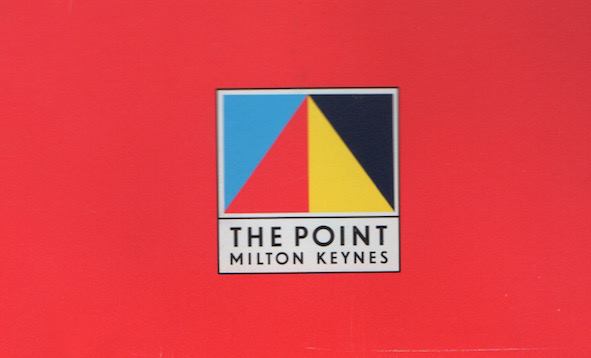
Stanley recruited a team of executives to research international markets and start working on business plans...
Attending a screening of epic film Raise the Titanic in London at the invitation of entertainment impresario Sir Lew Grade, Stanley spent time with Lew and a host of other notable industry executives, including Lord Richard Attenborough and Lord David Puttnam.
He also met the acquaintance of Arthur Abeles and Ricki Michaud, who ran a film consultancy. AMC contracted them to assist in the continuing research. By now, the sixties are a distant memory, and the seventies have just been retired.
It's 1980, a world away from those swinging-sixties, as is reflected in the on-screen action; In 1966, The Bible: In the Beginning, The Good, The Bad and the Ugly and Who's Afraid of Virginia Woolf? were all high earners at the box office.
In 1980, The Empire Strikes Back was the blockbuster.
Two years on from that Raise the Titanic screening, Stanley receives a brief from Abeles and Michaud asking for proposals from MK Development Corporation, “...to build and operate an entertainment centre on a specific parcel of ground in the central business district,” recalls Charles J. Wesoky.
Never miss news or leisure info in Milton Keynes - Follow us on twitter here
And on Facebook here
Bass Leisure were also interested in presenting a proposal, and after a lengthy period of telephone calls and faxes (back then face time, text messaging and email would have seemed as far fetched as your average sci-fi movie), a proposal was submitted for a joint venture.
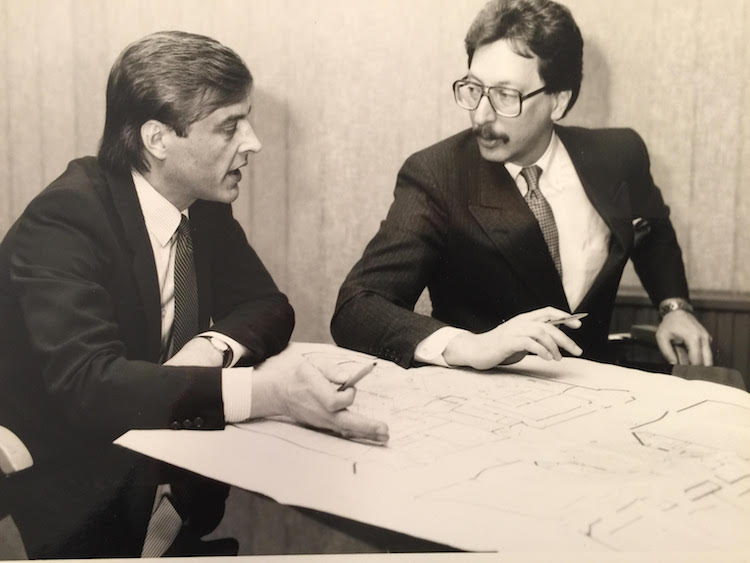
Charles remembers the time well, for he was promoted from Vice President of the Eastern Division of AMC to the International Managing Director; Stanley wanted Charles to oversee the entire expansion.
Opening a new complex is always a new challenge, but construction of the entertainment hub called The Point was off the scale.
“Included in the proposal was a design for a six-screen multiplex, later amended to 10-screens, integrated into the entertainment centre that also included a pub, restaurant and bar, game room disco club and bingo space,” Charles says.
The proposal had been accepted during 1982/83 and Charles arrived in Milton Keynes in October of 1984, just as construction began.
Together with his Bass Leisure counterpart Peter Sherlock, Charles was tasked with overseeing the creation of the ziggurat that would change the MK skyline and focus the eyes of the entertainment industry on the new town.
So, why Milton Keynes?
“It met the demographic criteria of population size, economics, education, road systems, logistics, mixed use shopping, leisure, food and beverage outlets with potential for further growth,” Charles remembers.
“For AMC at that time, the knowledge of starting with a country that presented no language factor was also a very big factor.”
Building Europe's first fully integrated entertainment here was ambitious enough, but work began when UK cinema attendances were falling to their worst ever figures.
“UK cinema admissions were at an all time low of about 52 million – that was less that one visit per year, per populace, when in the U.S it was at 4.8 visits per populace and growing,” Charles recalled.
“The two dominant exhibitors, Odeon and ABC, were operating and managing exceedingly poor cinemas both physically and technically as they were basically duopoly. They didn't believe the cinema business was viable, so they wouldn't invest in upgrading, or build new ones.”
But Charles and his force were so sure of success that even before the ribbon had been cut and The Point complex declared open, further sites were being sought for more multiplexes in the UK.
“The attendance goal was for 760,000 visitors in the first year....AMC The Point did 1,050,000 admissions in the first year; more than any cinema in the UK for the past 15 years, including Leicester Square.”
The buzz around this illuminating pyramid was something else, and the eyes of the media were firmly fixed to this futuristic looking fun factory.
In today's all consuming society, it seems alien to think of a time when you couldn't enjoy multiple entertainment opportunities under the one roof, but it was The Point that demonstrated it first.
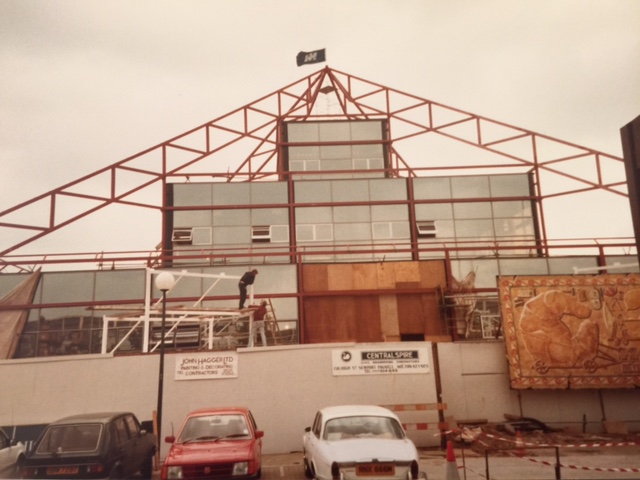
But what's in a shape? Why a ziggurat?
“The limitation of the land parcel size that MKDC were offering made for a challenging design to fit in all the leisure and entertainment we had agreed in our presentation...we knew it would have to be an iconic building to compliment the newness of what AMC/Bass were trying to accomplish.
“The architect had to come up with a solution to integrate all the elements so it appeared to be one building unit. The ziggurat, or pyramid, was an excellent solution.”
You will have to go a long way to find a more experienced executive in the international cinema industry than Charles. In a career almost 50 years long, his other credits include periods as an executive at Columbia Pictures Distribution and Warner Bros. Distribution, and overseeing the expansion of UCI into the largest multiplex exhibitor in Europe.
He has been at the helm for the building and operation of more than 250 cinemas in countries including the US, Italy, Brazil, Egypt, China and Mongolia.
Charles has numerous other credits in a glittering career, but currently works as an advisor and consultant and is the managing partner of ICFC Executive Search in New York.
No matter who the star on the screen is, there is every chance that the screen itself is only there because of Charles' tenacity and foresight.
“I must admit I had many sleepless nights prior to The Point opening,” he says.

“I always compared it to planning a huge party and no-one coming to it. But the closer we came to the opening and seeing the fruits of our concept and labour coming together, I felt highly confident that not only would The Point be a success, but the further deals I was making were also going to be a success.”
The Point opened in a blaze of publicity and to much fanfare, on November 25, 1985.
It's a date Charles remembers well, the memories still clear.
“When we cut the ceremonial ribbon to open the cinema, all the patrons were lined up on the stairs coming down from the ziggurat area.
“I can still see the young, excited faces of hundreds of kids running towards us to purchase tickets and going to the concession stand.
“Stanley Durwood was there, and I believe it was on the second day of opening that he approached a young male patron who had just purchased 'salted' popcorn, from the concession stand.
“The lad had put some ketchup on top of his popcorn, which was so unusual that Stanley asked why he had done that.
“He said he was with friends and knew if he didn't he would have to share it with them, like he had the day before. We both laughed!
“Another great memory is of seeing the managers and staff who took great care to train, exceed our expectations of operating to our high new standard.”
The Point loomed large in the heart of town, and was for a period of time at the heart of all the entertainment.
It brought the magic of the big screen to us in a way that hadn't been seen before, and as it became quite the place for premieres, the stars flocked here too; from the cast of The Goonies to Meg Ryan, and Royalty as well - the Duchess of York came by for one event.
But in 2016, our once illuminating hot spot cuts a decidedly forlorn shape on the landscape.
With Milton Keynes' expansion came a new, bigger, super-cinema, and Cineworld's arrival signalled the beginning of the end for The Point, which was unable to compete.
EasyCinema operated it for a time, then Odeon/UCI took it back.
By now a commercial failure, the last film, Kingsman: The Secret Service was screened on February 26, 2015.
Despite much opposition from residents who wanted to retain the important part of MK's history, tragically, the iconic structure that had stood for change, for new horizons and for growth, is set for demolition.
Although Charles' work here was completed decades ago, he always kept an eye on the special venue, and even contacted the executives in charge ahead of The Point's 25th anniversary, “...to ask if they wanted to do anything special to celebrate the historical event. They had no interest,” Charles says.
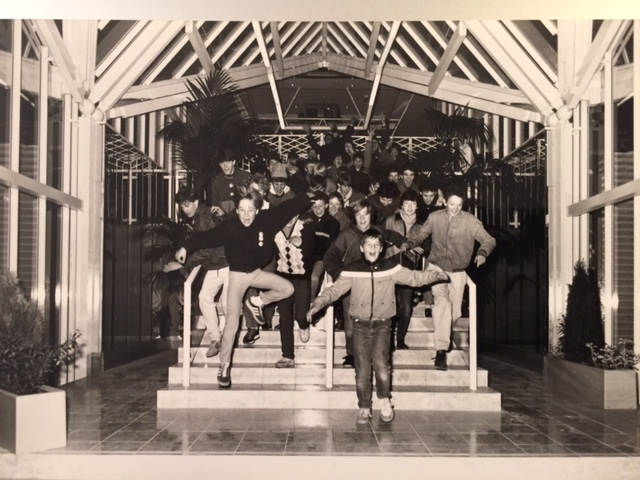
How did you feel when you learned that closure was on the horizon?
“I knew of the rumours... the competition from Cineworld in Milton Keynes was too strong to overcome unless the whole of The Point was renovated, including rebuilding the multiplex into a modern facility.
“Although I feel that a better effort could have been made to find alternatives to maintain the structure, I understand fully the economic decision to let it go.
“My memories will always be good ones and that makes me feel exceedingly proud and happy that I was involved in the revitalization history of cinema in the UK.
“The Point was a first generation multiplex 30 years ago. Its significance in the revitalisation of the cinema industry at that time was not only the biggest factor for further investment in the new complexes in the UK and Europe, but also one that completely changed the landscape for film production and distribution internationally.
“If one were to trace the history of the film industry over the past 50 years, the multiplex innovation truly is one of the most important factors that grew the whole of this sector.”
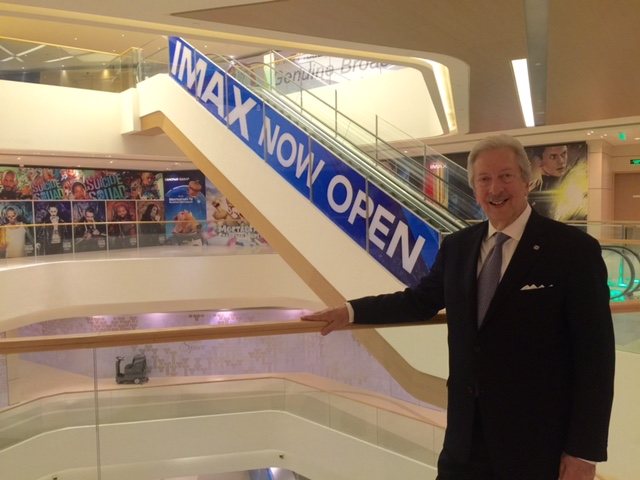
Millions of us have enjoyed a night at the movies thanks to Charles' work in the industry. But what does he find so magical about the movie-going experience?
“There is nothing so exhilarating as sitting in a large, dark cinema auditorium filled to capacity watching a movie and being part of a crowd that may be scared, crying, laughing, sighing or just plain starkly silent.
“One is put into a different world each and every time. That entertainment factor cannot be matched by sitting at home watching a film on whichever device one chooses.
“The social contagiousness is unparalleled.”
Words: © Sammy Jones
Pictures: © Charles J Wesoky


